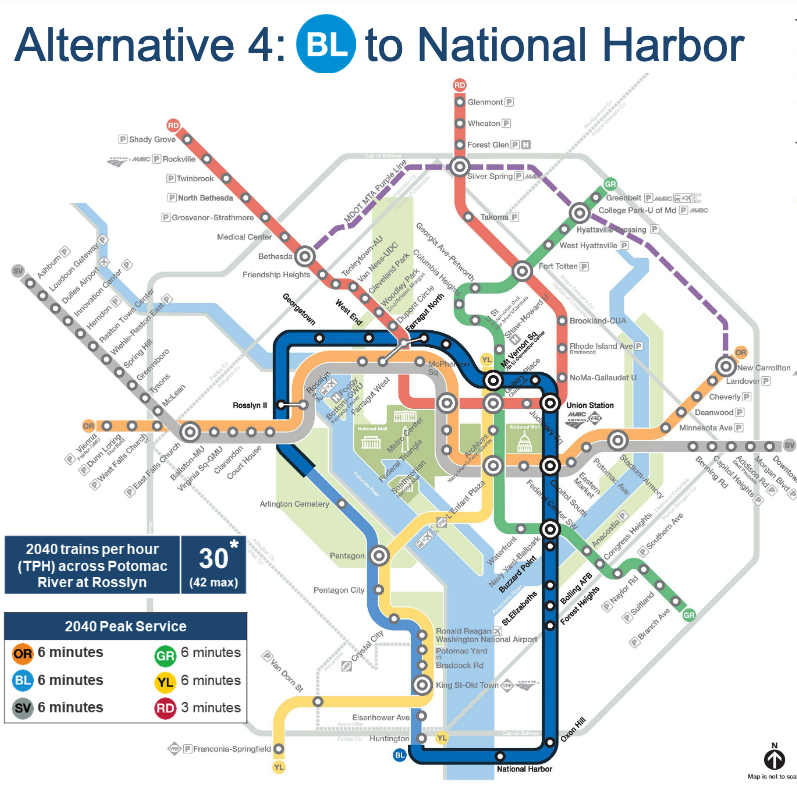
WASHINGTON — Washington Metropolitan Area Transit Authority officials have begun considering expansion of the DC Metrorail system, the Washington Post reports, and are weighing multiple proposals that include a new rail tunnel under the Potomac River.
The plans come as the Metro system is facing a projected $750 million deficit in its next fiscal year, but officials stress this is necessary long-term planning.
“It is responsible for us to be planning for the future and sharing with the region what’s possible and what benefit can come from enhancing the system, and that’s what this is really all about,” Metro board member Matthew F. Letourneau said, according to the Post. The board looked at a series of expansion alternatives during its Thursday meeting.“But I really can’t say loudly enough that this is a planning exercise.”
The report on expansion alternatives ranked two proposals as having the best service and economic benefits. One would create a separated Silver Line in place of the current version which shares of much of its route with the Blue and Orange lines. This would allow for express service as well as new stops in several locations. Another would alter the Blue Line to serve Georgetown and Union Station, extend to the National Harbor area, and continue to Alexandria via the Woodrow Wilson Bridge in creating a Blue Line loop. Each of these proposals involves a new Potomac tunnel; the first is estimated to cost $35 to $40 billion, while the price for the second is estimated at $30 to $35 billion.
In all, the report presented five expansion alternatives — four involving significant construction and a more modest plan relying on expanded bus service and infrastructure at two stations that would allow train turnbacks.
Officials say they need to continue the planning process to make sure they are prepared to meet federal funding requirements, and to be prepared for post-pandemic rebound or growth in ridership.
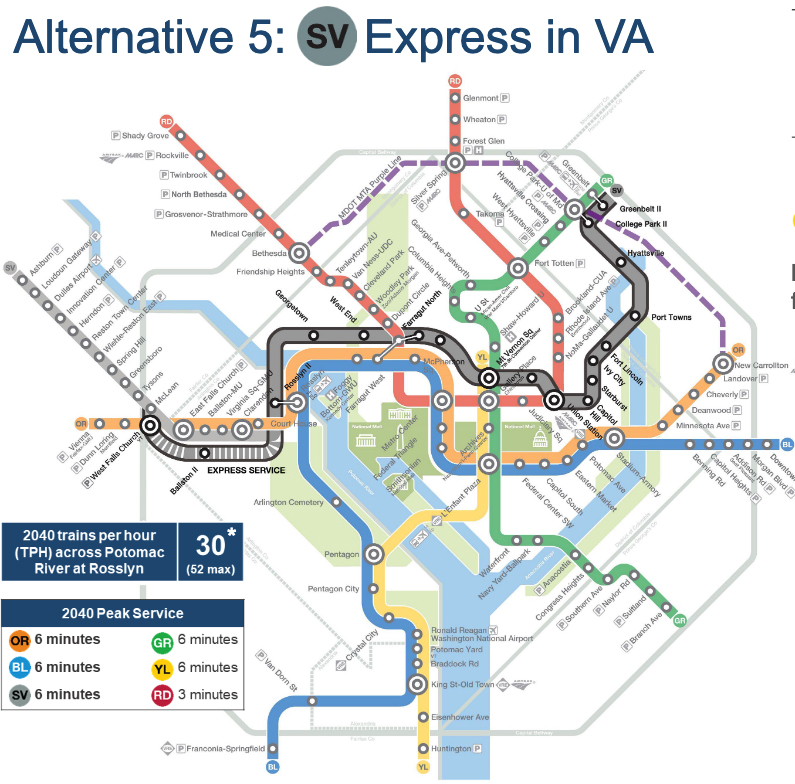






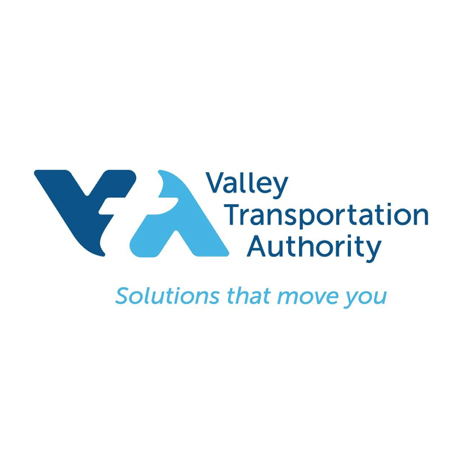
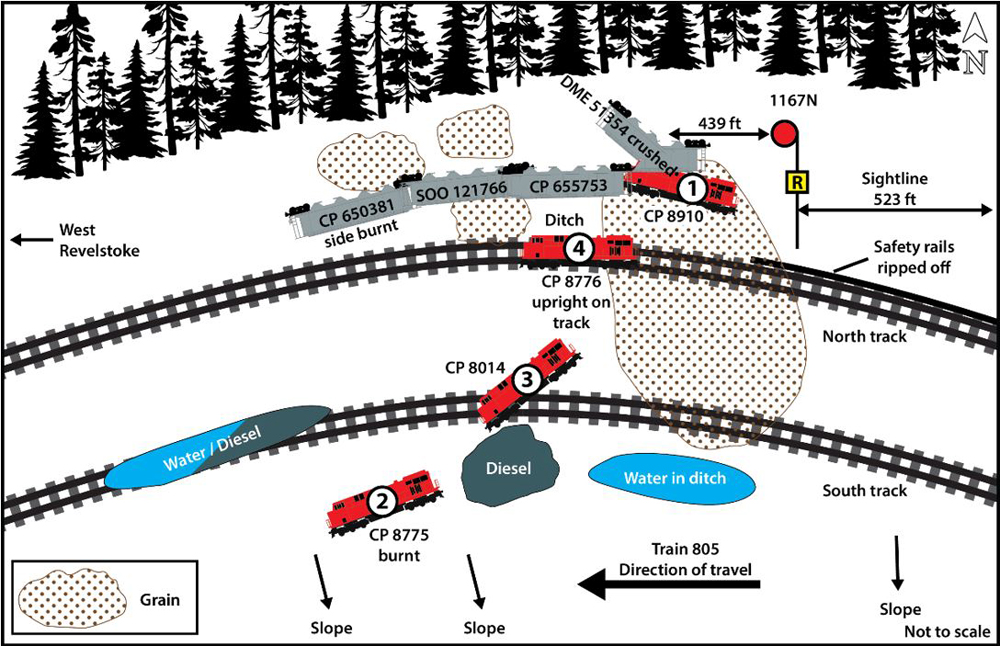
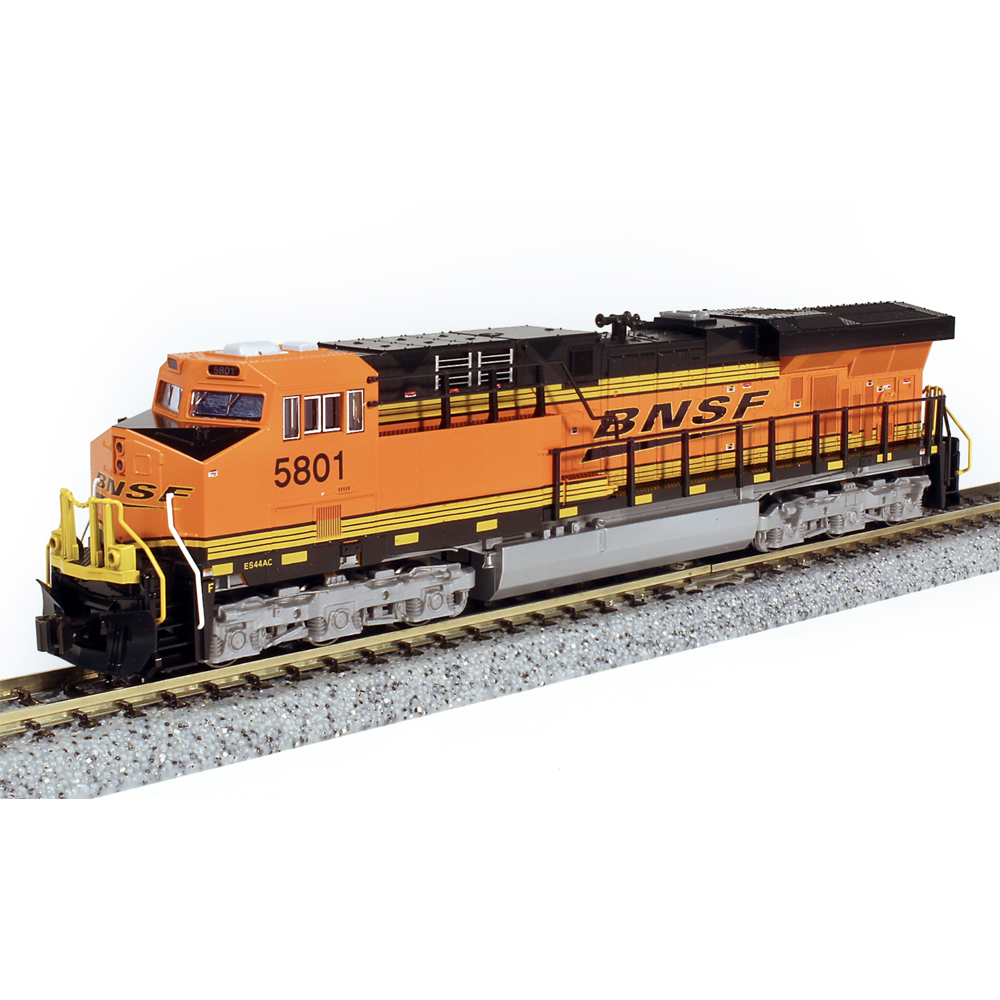
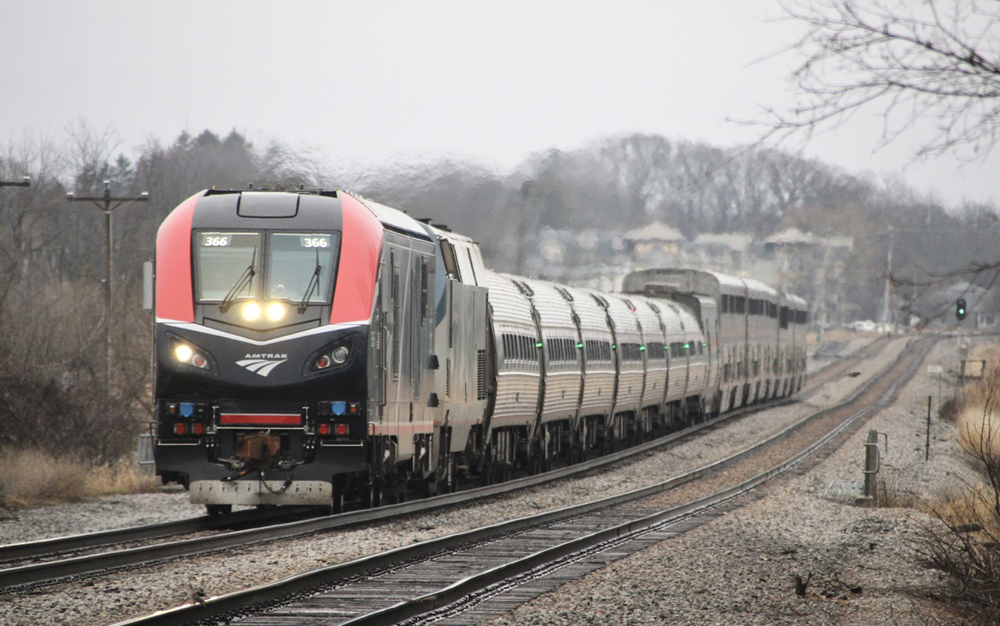




Pipe dreams… DC Metro has massive funding issues, no commitments for dedicated funding. Massive maintenance back log, employee issues, general cleanliness issues and….
All at a time of record reductions in ridership. This will never happen without significant changes to all these issues. Just look at the gigantic Cluster that was the Silver line extension to Dulles.
In September 2021, a report on the capacity improvements of Blue/Orange/Silver lines recommended converting the Blue Line into a circle line, extending it to National Harbor and Alexandria. The proposed extension starts from a new station at Rosslyn, continues to Georgetown through a new tunnel under the Potomac River, then runs under the M Street NE, just north of the existing Blue/Orange/Silver central segment, to the new Union Station. Then it turns south to the Navy Yard and National Harbor, and crosses the Woodrow Wilson Bridge to Alexandria, connecting at Huntington on the current Yellow Line, which is re-routed to Franconia–Springfield. Three alternative routes are also considered, including a Blue Line extension to Greenbelt, a Silver Line Express service from West Falls Church to Rosslyn with an extension to Greenbelt, and a Silver Line extension to New Carrollton; they use the same central segment layout from Rosslyn to Union Station through Georgetown. NBC4 Washington further reported on the proposed loop in December 2022. At the time, there was a crowding problem at the Rosslyn station, and the proposed Blue Line loop could be the solution to solve this crowding problem. WMATA planned to publish a final design sometime in 2023.
Dr. Güntürk Üstün
I agree a circumferential line around DC would be useful,much like the line outside Tokyo which I used to get from Camp Zama to Tachikawa AB. It was lightly used compared to the radial lines (by Japanese standards) and had the oldest cars (which would be a plus to readers of this forum) but it got me there. 1500 VDC, 1067 mm ga.
I don’t know of any such line in the USA.
But first, WMATA needs to get on top of its maintenance. They’ve been running limited capacity because their wheels come loose on the axle.
And MARC/VRE through service will have to use the lower level tracks at Wash Union (WAS) and the double-track line over the Long Bridge. This will limit capacity. VRE was recently kept out of WAS because of a “minor derailment.” They couldn’t access their cars in a WAS coach yard despite a freight bypass just North of WAS on both CSX and Amtrak. Maybe they didn’t know about it?
There are plans for a second RR Bridge across the Potomac for VRE and Amtrak. We’ll see.
I do like the fact that they’re now planning a new expansion of the Metro, and especially the fact that they’re looking to expand in areas that don’t have metro service like National Harbor and Georgetown, especially Georgetown since I heard that it’s an incredibly populated area without rail service and that installing an expansion there would help the area. (I also do like the loop proposal) But as Mr. Huerkamp stated, the guys running the system should also think of more than point A and Point B, and also think of how to help serve points C, D, E, ETC. as a lot of suburbs have more districts for shopping and housing and people don’t use public transit JUST to go to work, now they’re using them to go shopping and hang out with friends, so the people running the D.C. Metro should really think about the non-commuter traveler which is becoming a lot more common.
Even so, it’s exciting to see a rail system I rode on many times as a kid (I would frequently visit D.C. as I have family there) expand, and while the price tags may give some people a heart attack, at least it would help the Metro and D.C. in the long term. However, it will help even more when they start thinking of more than point A and point B and think of the other points.
Projected ridership wouldn’t come nearly close to covering construction cost.
Sorry… replied to wrong post, no way delete.
Been to DC many times to visit family and friends. Used the Metrorail quite often. If you look at the map of the DC Metrorail it’s nothing more than a hub with a spoke pattern. After all these years why hasn’t Metrorail built a out lying outer belt. If I want to go from Bethesda to Falls Church, I have to go into DC then back out on another line. With a loop it would be shorter and faster.
The people who run metropolitan transportation systems seem to focus “ONLY” on getting people from their homes to downtown (Point “A” to point “B” and return). They have forgotten that in the last 30 to 40 years that a lot of the suburbs have developed their own business and shopping districts. So now there are points “C, D, E, and so on” to serve. By sticking with a hub and spoke pattern of a system, it makes it harder on the user. Managers have to start thinking out of the box and do what’s needed,
Projected ridership wouldn’t come nearly close to covering construction cost.
One of the capacity issues has been the number of passengers bound for Union Station. Notice that the options show new routes there.
It makes me wonder if this capacity crunch and Union Station could be addressed more cheaply by extending MARC, regional Amtrak and Acela trains to Alexandria with stops at L’Enfant Plazza, Pentagon and Crystal City. This would give train passengers direct access to blue/orange/silver line as well as the red line, lightening the load on Union Station. I’m sure that intercity passenger service to these locations would increase ridership vs. the necessity of taking Metro or going to National Airport.
I believe I read somewhere than VRE and MARC are looking at through service.
You’d have to tell me the capacity for through trains at Wasjington Union Station. Obviouly Amtrak needs slots.
Expand Metro, Extend Metro, Elevate Metro in the median above the Beltway, 66, 95, 395 – do whatever it takes to help that disaster that’s called “a commute” in northern Virginia. Force interstate trucks to use alternative routes or by rail away from the D.C. metro area, including suburban Maryland and Virginia, from 5am to 7pm.
Ban commuters as single vehicle occupants and force them to use mass transportation.
Do anything, at any cost, to begin to make travelling and living in that area acceptable.
It’s really unbelievable, that traffic has only gotten a lot worse since I started my working career in Arlington in 1965.
The local, state and federal governments have again failed their citizens.
Don’t just sit there and talk about what you’re going to do – start digging.
I have a better idea. Shut down half the federal government and have those people move out here to the real America.
It’s not just the burgeoning population, it’s the wealth that area drains through federal taxation.